-
Why can the Lefy Ring X measure BP?
-
How does it work?
The working principle of Photoplethysmography(PPG)
The Ring X founding team has been dedicated to digital healthcare for 14 years, specializing in digital BP management. The Ring X, through extensive research, determined the feasibility of PPG BP monitoring technology, developed a sphygmomanometer without cuffs, and received authoritative recognition.
So, what is PPG? How does it work?
PPG is a non-invasive detection technique, commonly used to measure changes in blood volume in the microvessels of specific parts of the body, such as measuring at the fingertips, earlobes, or wrists. This method is based on optical principles and uses the characteristics of light being absorbed and scattered by blood when it penetrates the skin to monitor blood flow.

Pulse wave is the fluctuation formed in arteries due to the periodic contraction and relaxation of the heart, causing changes in BP within the arteries as they flow. The measurement of PPG is based on the changes in pulse waves, reflecting the characteristics of pulse waves by detecting changes in optical signals, and subsequently inferring changes in BP.
The workflow for measuring BP with the Left Ring X
-
Signal Acquisition:
a.Sensor Accuracy:
Utilizing high-sensitivity sensors to accurately capture pulse wave signals. These sensors are capable of sensing minute pressure changes on the skin surface, converting pulsatile waves generated by blood flow in arteries into electrical or other processable signal forms.
b.Signal Denoising Processing:
During acquisition, various interference factors such as human movement, ambient lighting, and electromagnetic interference can affect the signal. Therefore, the device needs to have strong signal processing capabilities and use techniques like filtering algorithms to denoise the collected signal and extract pure pulse wave signals.

-
Data Analysis:
a.Feature Extraction:
Analyzing the collected pulse wave signals to extract key feature parameters, such as the amplitude, frequency, rise time, and fall time of the pulse wave. These feature parameters can reflect the physiological state of the cardiovascular system in the body, including heart contractility and vessel elasticity, among others.
b.Algorithm Model:
Based on a large amount of experimental data and clinical research, establish a scientific algorithm model that correlates and analyzes the extracted pulse wave feature parameters with physiological indicators of the body. For example, using specific algorithms, important health parameters such as heart rate, BP, and oxygen saturation can be calculated from pulse wave signals.

-
Result Presentation:
a.Real-time Monitoring:
Capable of displaying real-time pulse wave waveform graphs and related health parameters, allowing users to intuitively understand their physical condition. Moreover, the device can continuously monitor pulse wave changes, promptly detecting abnormal situations and issuing alarms. For instance, when an abnormally fast or slow heart rate or abnormal BP elevation occurs, it reminds users to take appropriate measures in time.
b.Data Storage and Sharing:
Equipped with data storage functionality, which allows users to record their pulse wave data and health parameters for easy access to historical data at any time to understand trends in their physical condition changes. Additionally, some devices support data sharing functions, enabling users to share their health data with doctors or family members for better health advice and medical support.
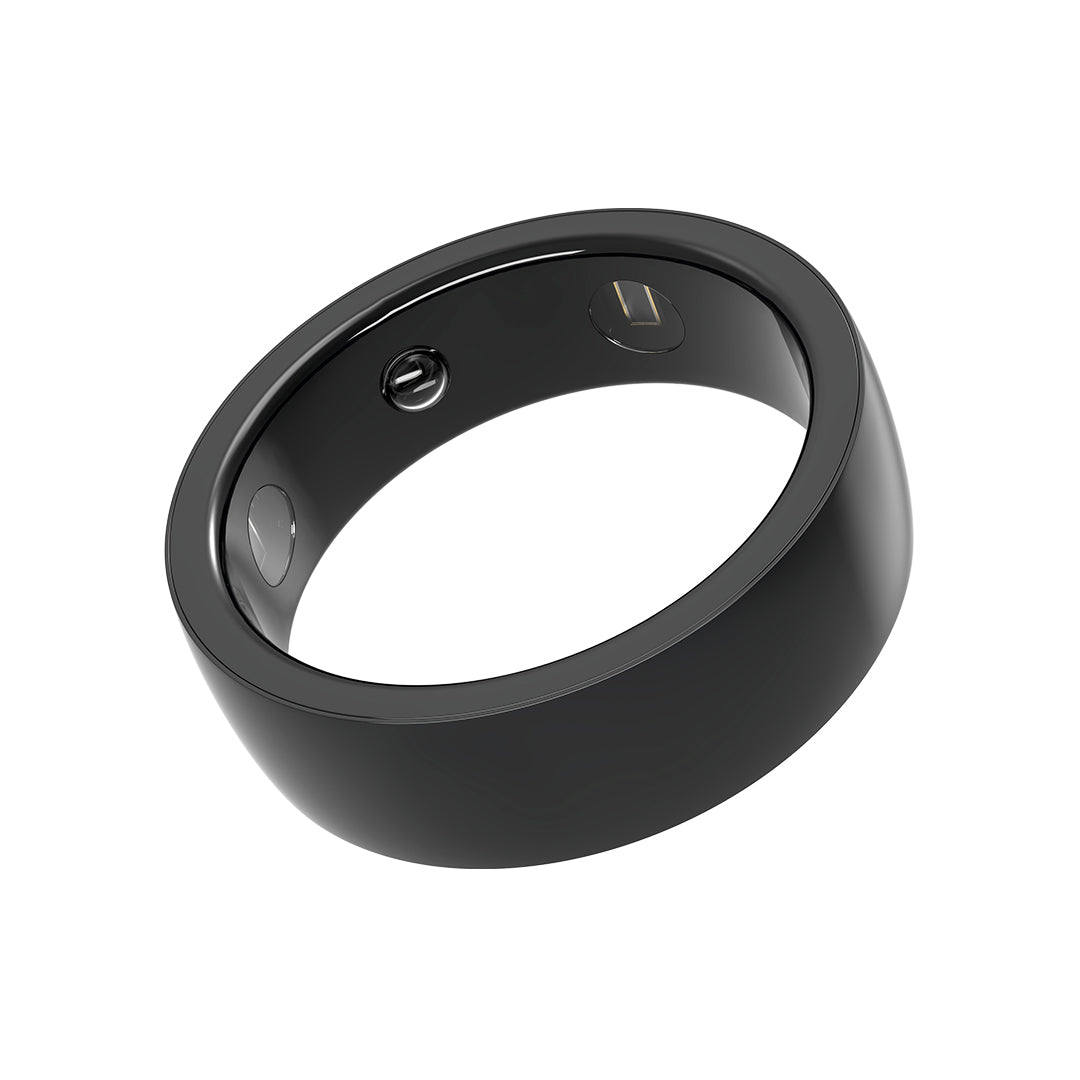
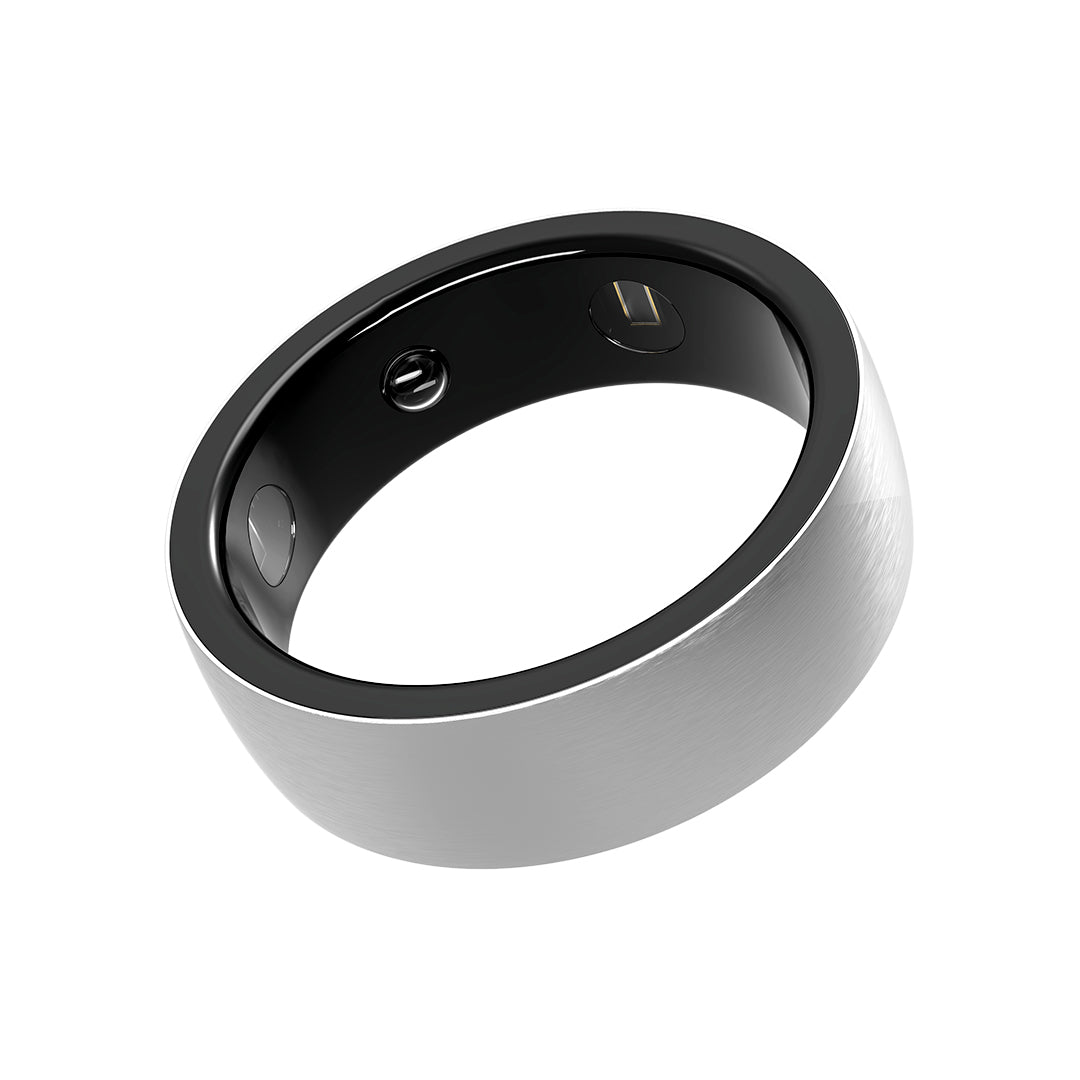
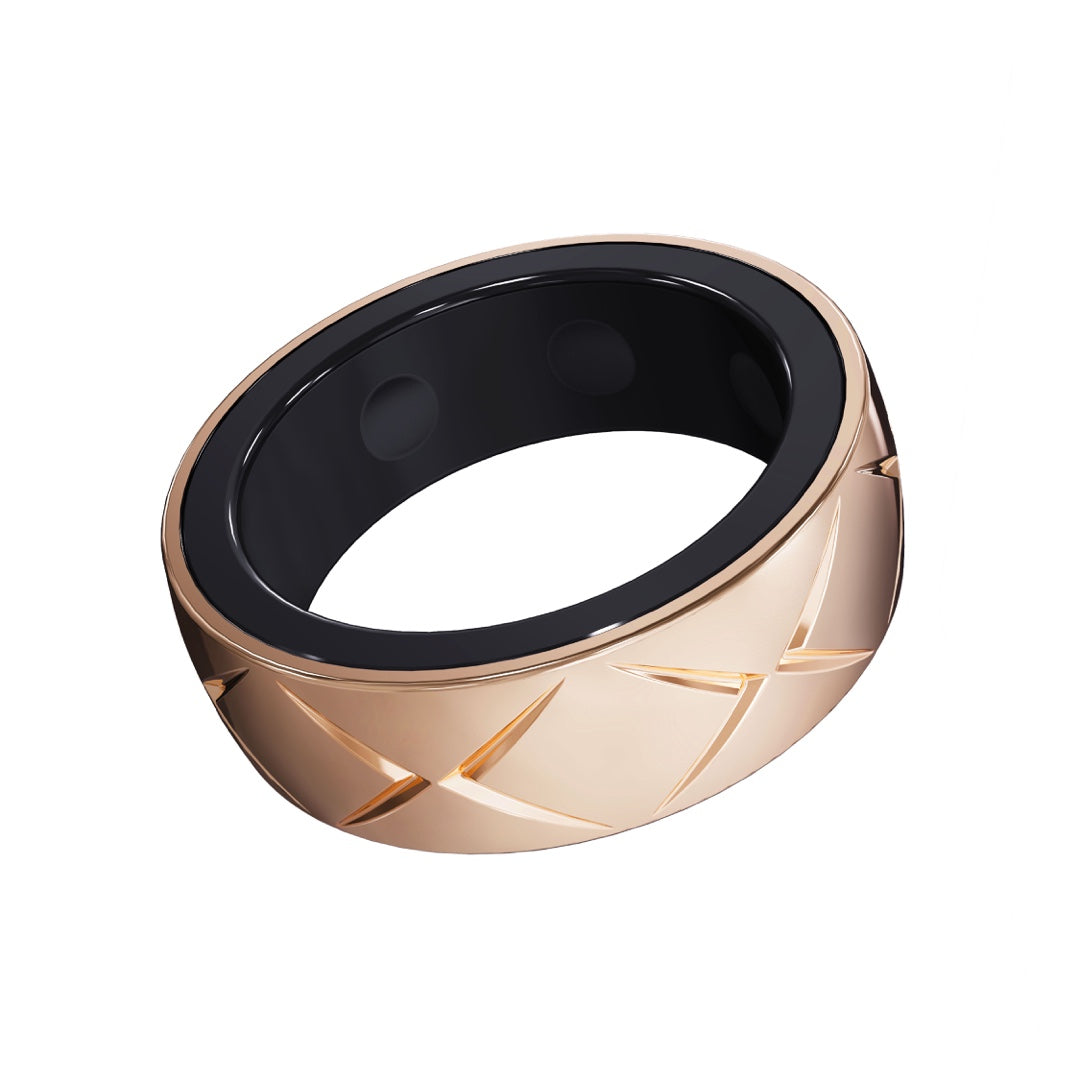
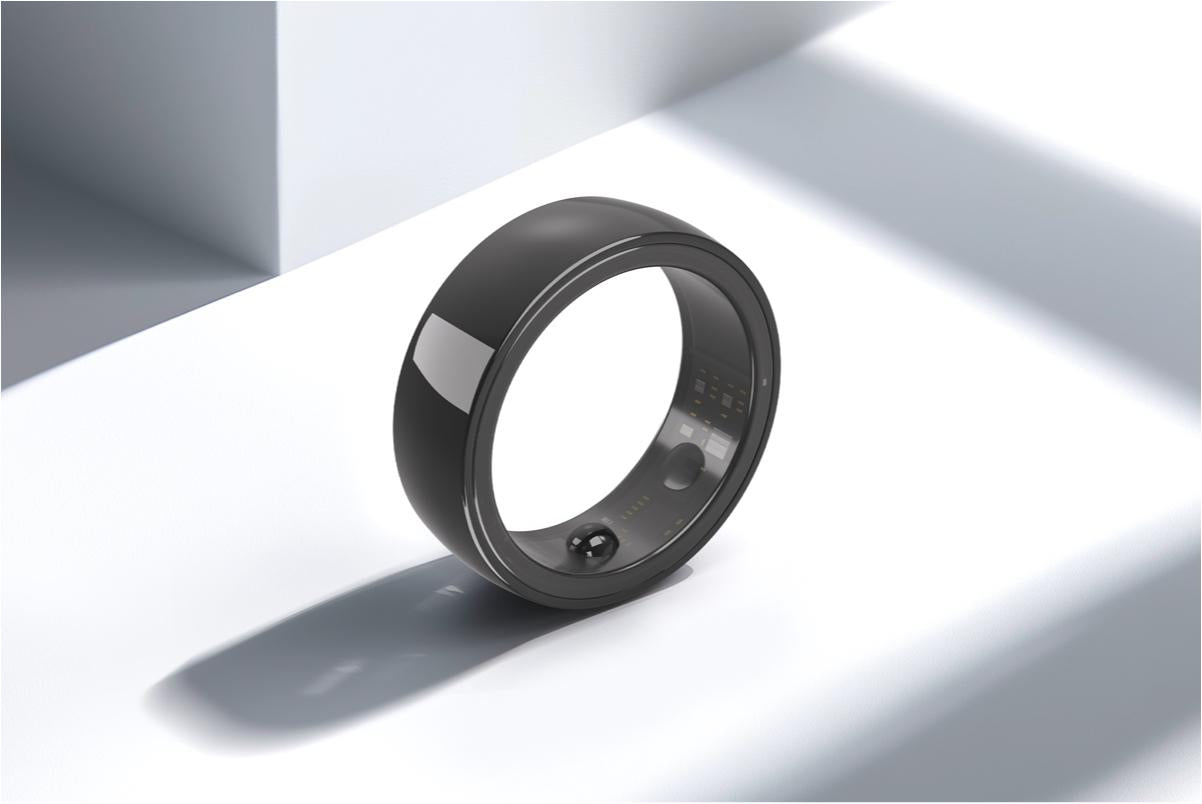
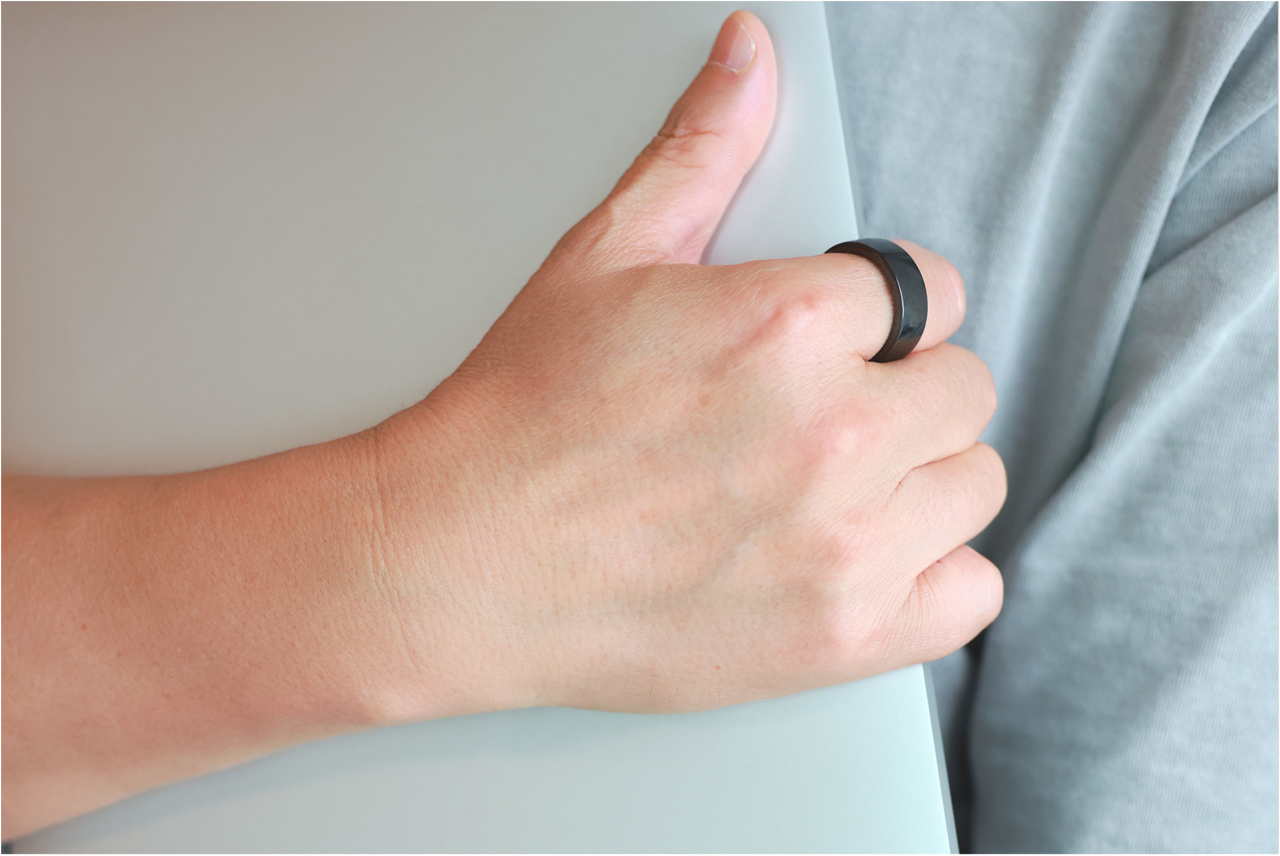

Leave a comment
All comments are moderated before being published.
This site is protected by hCaptcha and the hCaptcha Privacy Policy and Terms of Service apply.